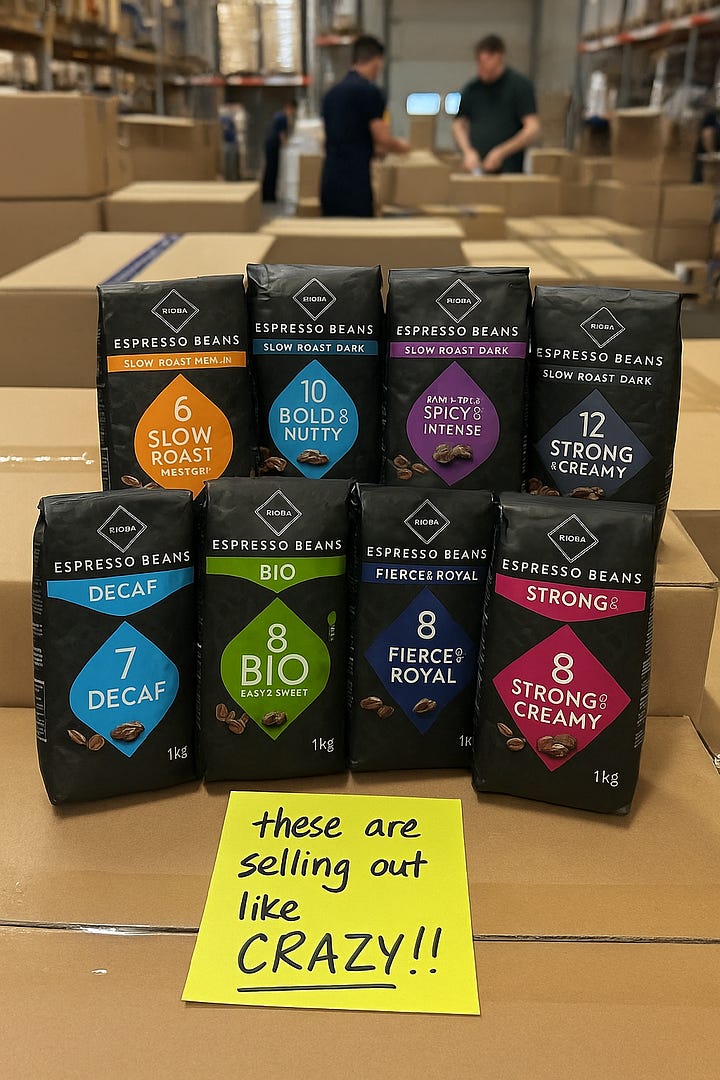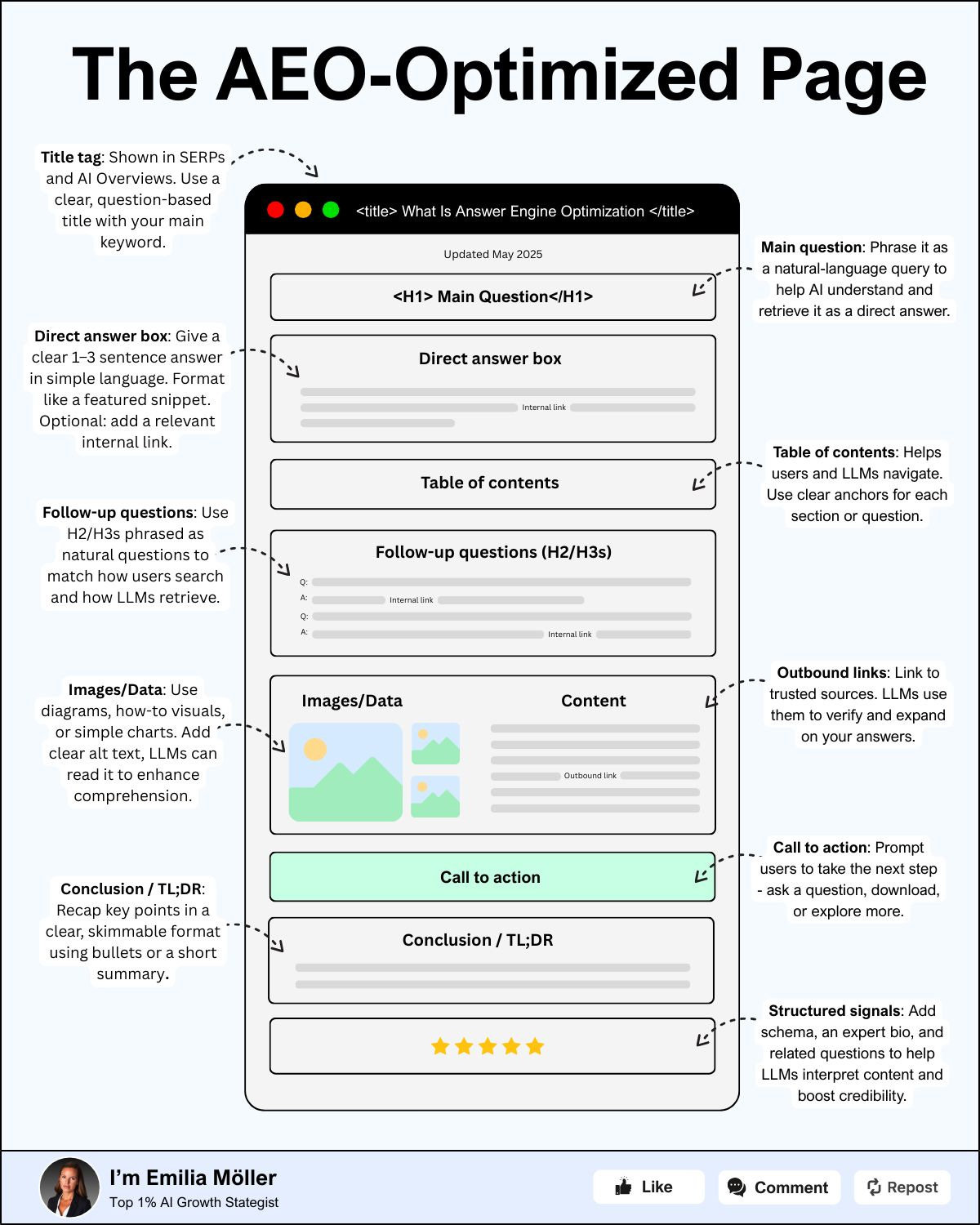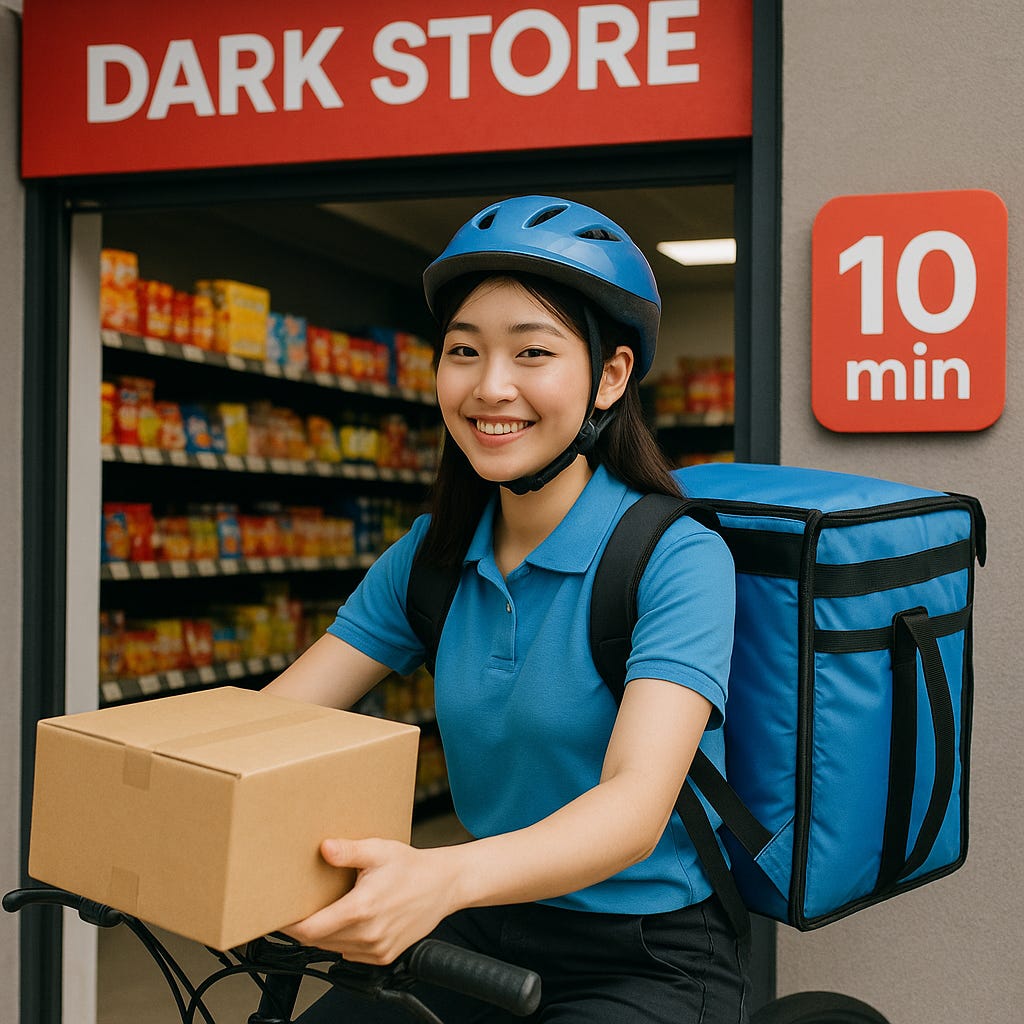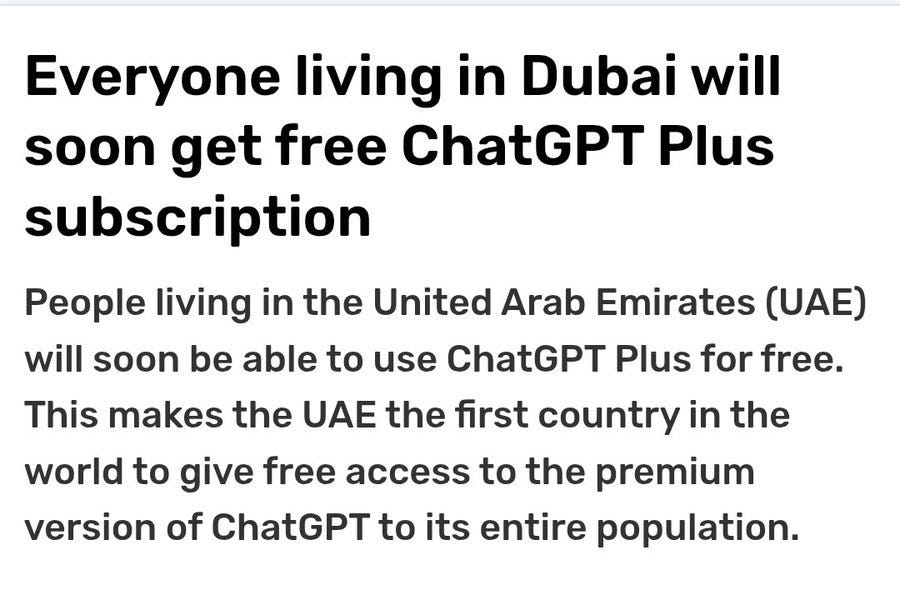Global Digital Marketing & Retail by Alex 93
Inspiration from across the world for retail enthusiasts, e-commerce professionals, marketing lovers and technology fans. Welcome back! I summarized some great links again, I stumbled upon this week.
Goodmorning! A new fresh newsletter! In about one month I hope to share some nice retail inspiration from Seoel, Korea, for now we have to do it with some -carefully selected- links 😂
🤖 Will AI agents pay content creators with micropayments?
I write a lot about AI agents, and I’m convinced they’ll soon transform e-commerce. But there’s another -possible- shift coming: content publishing.
If AI agents can compare and buy products on your behalf, why wouldn’t they also summarize and generate content for you? These agents don’t care about ads during scraping. So what happens to publishers who rely on ad revenue? Will they disappear?
Maybe not. What if you could earn money for creating high-quality, original content — because AI agents need that content to function? And what if the rise of stablecoins could accelerate this shift, enabling micropayments at scale? (I hope not only stable coins but also sats, via the BTC lightning network)
If that sounds interesting, read the article linked below that does a deep dive on this topic.
First, the protocol layer should have a mechanism for payments via digital currency, i.e. stablecoins. Second, AI providers like ChatGPT should build an auction mechanism that pays out content sources based on the frequency with which they are cited in AI answers. The result would be a new universe of creators who will be incentivized to produce high quality content that is more likely to be useful to AI, competing in a marketplace a la the open web; indeed, this would be the new open web, but one that operates at even greater scale than the current web given the fact that human attention is a scarce resource, while the number of potential agents is infinite.
Details: https://stratechery.com/2025/the-agentic-web-and-original-sin/
📃Answer Engine Optimization by Emilia Möller
Emilia Möller made an infographic on an AEO optimized page. I think it is worth sharing and following/testing, but I do also think it is not complete.
LLM visibility is also about online mentions and context density per token window,
In less technical terms, Large Language Models (LLMs) like ChatGPT don’t just care about how the content is structured visually. They also care about how much useful information (context) is packed into small chunks of text. The models work with “tokens”. A token has a limit — it’s like when you read a book and you can only read one page at a time.
So, if each "page" (or chunk) is rich with relevant info, the model can understand and use your content better, just like humans actually!
That’s why short, clear, and context-rich writing improves your chances of being picked up in AI answers.
🪭 Google AI Mode’s “Query Fan-Out Technique”
An extension of the previous topic. Google’s AI mode is rolling out currently in many countries, so it’s worth understanding how it works. This graph below explains already a lot. I think it’s very important for every digital marketer or e-commerce professional to dive into this and to find a strategy to let this work for and on your platform.
The system should check for related intents, like “charging speed” or “portability” -which a user might implicitly care about. It may draw on synonyms (like “long battery life” and “long-lasting battery”). It doesn’t assume the user is asking just for one product list. Sub-queries might target:
Product listings (Shopping graph)
Expert reviews and comparisons (Review pages, editorial content)
User reviews and experiences (Forums, product reviews)
Technical specs and features (Official product pages, specification sheets)
For SEO specialists, the query fan-out technique has some key implications:
The need of deeper intent understanding: The AI deconstructs the query into its core intents and related sub-questions, so SEOs need to move beyond simply optimizing for single keywords and instead focus on understanding the entire user journey and the many questions someone might ask around a topic.
Comprehensive Topical Authority: Instead of just ranking for individual pages, content strategies must aim for topical authority. This means covering a subject exhaustively, addressing all relevant sub-queries and facets, and linking them semantically.
Anticipating Follow-Up Questions: The AI’s ability to engage in conversational search means content should naturally lead users to their next questions and provide those answers, even if they’re not explicitly asked in the initial query.
Because of the above you’ll need to embrace an “answer a facet” mentality in your content.
Great work -as always- from Aleyda: https://www.aleydasolis.com/en/ai-search/google-query-fan-out/
💸…And now some performance marketing news
The search advertising benchmark is out. Benchmarks can always come in handy. Bottom line as always (but often overlookedo): Fcus on relevance and landing page quality and keep in mind that the ad systems get smarter and smarter in serving your ads to the right audiences because of that.
The full doc via my dropbox: https://www.dropbox.com/scl/fi/9tilklkof25m5or7znijq/ws-guide-2025-google-ads-benchmarks-1.pdf?rlkey=rwxqn6u26nzlocm7grvwqwsa7&st=b91k3m00&dl=0
Or via the original publisher: https://localiq.com/resources/search-advertising-benchmarks-report/ / https://www.wordstream.com/blog/2025-google-ads-benchmarks
💸 Dara Denney: scripts to create your ads: tried it, itreally works now


Dara Denney, I follow her for a long time, she always has good best practices on performance marketing, especially Meta. Take a look at the video above and try her prompts. I did as well just with a random product, Rioba Coffee. It really works, see the results in the gallery. It’s now really easy to make performance ads with ChatGPT and the quality is so much higher then just a few months ago. You find the prompts she used on her Youtube Channel, they are too long to share here. Worth watching and trying!
Details: Youtube
⏲️10-minute delivery race is eating e-commerce for lunch
I wrote earlier about it, “the 10 minute delivery trend”. Yeah 10 minute delivery on everything! And it seems this trend is getting more mainstream.
As many (convenience) trends nowadays they start in Asia, I remember when I was at holiday in Indonesia and the Philippines, a few years ago, I could already use Gojek (Indonesia) and Lalamove (philipines) to let people buy things for me and deliver it, very easy and convenient, though it could take some while. Also in China Ele.me allowed me to order non food products and get it delivered fast.
Now in India and China the 10 minute delivery is getting more and more mainstream. I am not sure if this will come to Western Europe, I hope so, but I do not see it happening any time soon. If it happens the large e-retailers will respond. It’s a threat to the large marketplaces if you can buy more locally and get it delivered faster. Interesting to see how this plays out.
Chinese e-commerce giant Alibaba said Monday that its Taobao Instant Commerce portal, which delivers items within 60 minutes, has surpassed 40 million daily orders within a month of launching.
Delivery apps such as Getir or Jokr have faltered in Europe and the United States in recent years, as pandemic-induced demand wore off and rising inflation pinched customer wallets.
But sales in India have soared from US$100 million (RM423 million) in 2020 to an estimated US$6 billion in 2024, according to projections by market analysis firm Datum Intelligence.
Amazon is getting its act together, along with Walmart-owned Flipkart and billionaire Mukesh Ambani’s Reliance Industries as they belatedly roll out rapid delivery offerings.
“One of the problems with e-commerce players like Amazon is that, until now, they’ve relied on these big fulfilment centres that sit on the outside or outskirts of cities,” said Satish Meena of Datum Intelligence.
“These aren’t suited for rapid delivery, which is why they now need to invest to build their own dark store networks within urban areas.”
Details:
⚛️Atomic content in B2B lead generation
Fullforce digital has a good article on B2B lead management. I know someone at FullForce Digital who is really good and experienced in digital marketing and e-commerce (Hi Laura😀), so I take this post seriously. They are also not the only one writing about this by the way, I shared articles on it earlier f.e. here in this newsletter edition.
🇦🇪 Wow: Dubai gives everyone free ChatGPT +
Wow, wow! Now this is how you enroll a country into the AI era! Imagine how much extra productivity and knowledge this will give Dubai’s citizens. More and more I believe the future is in Asia and Middle East. This only confirms it.
🌎Latin America’s e-commerce boom with Mercado Libre
Ok, Alex you write a lot on China, Middle East, US and Europe. Don’t you forget a continent? Of course not! So therefore this post on Latin America’s e-commerce boom with a highlight on Mercado Libre. MercadoLibre, often named the "Amazon of Latin America," is the region's leading e-commerce and fintech platform, revolutionizing how people shop, pay, and conduct business across Latin America. They are doing really well.
MercadoLibre (MELI) continues to reach new all-time highs, driven by exceptional growth across Latin America’s rapidly expanding digital economy. As a leader in both e-commerce and fintech, the company once again delivered standout results in its latest earnings report, reinforcing its strong position in key markets such as Brazil, Mexico, and Argentina.
By supercharging Mercado Envios with faster shipping and sharper pricing, the company has kept customers coming back, driving its unique active buyer count to an impressive 67 million in Q1 2025, a notable 25% jump from last year.
https://finance.yahoo.com/news/mercadolibre-meli-soars-record-highs-190300262.html
That’s it for this edition, thank you for reading, liking and subscribing
Curious for more immediately?
Check out my archive of all previous newsletters:








